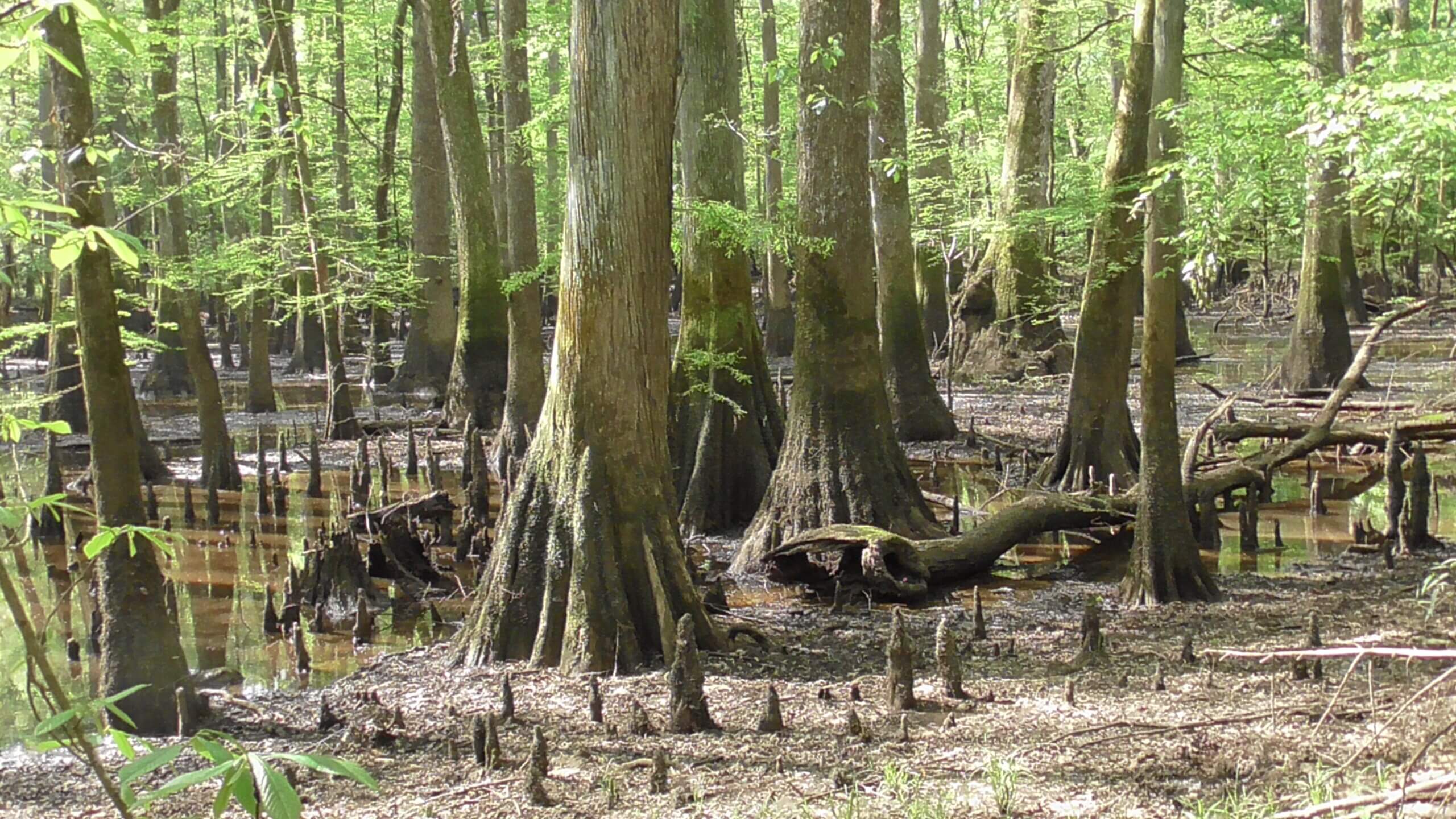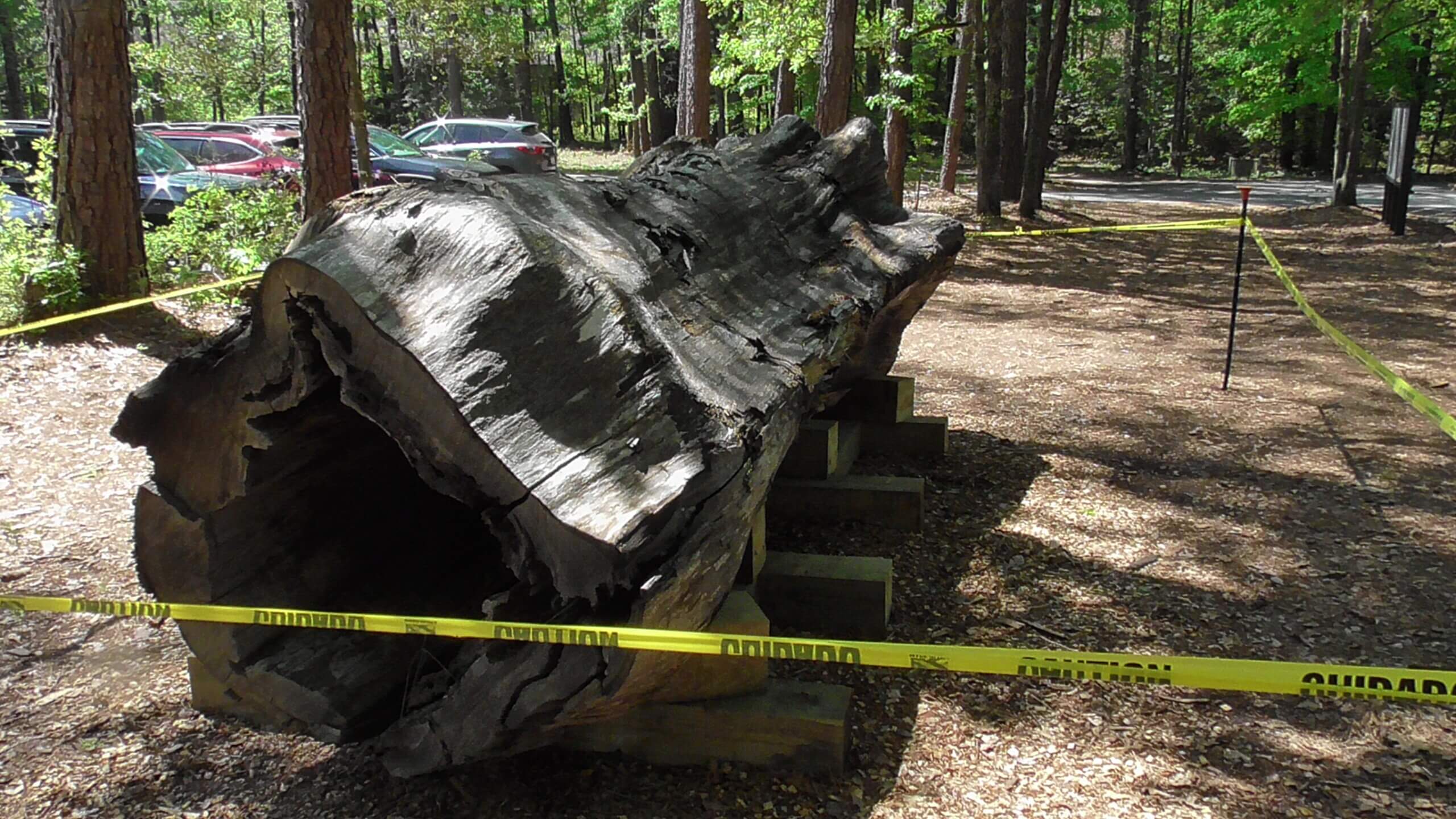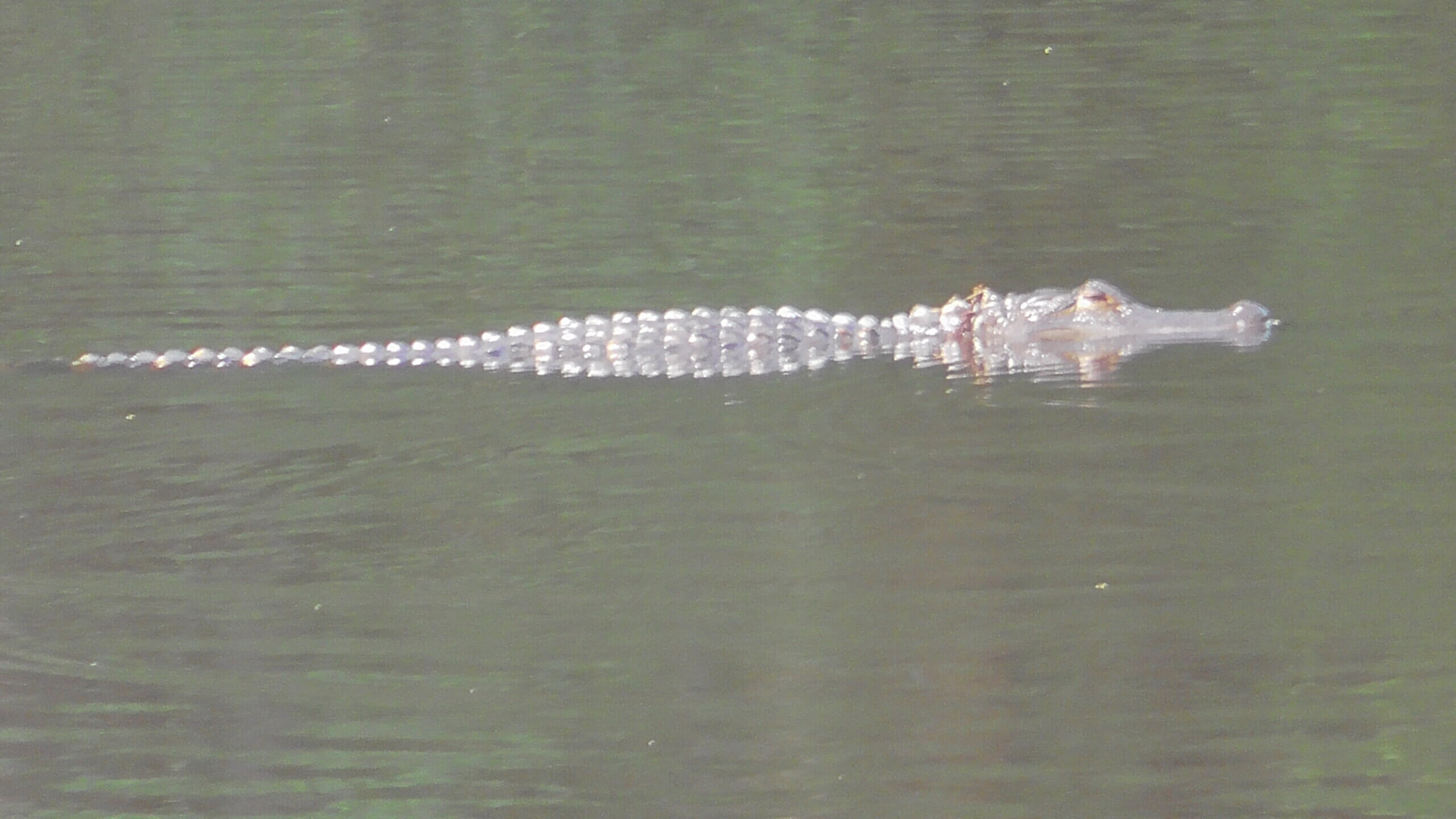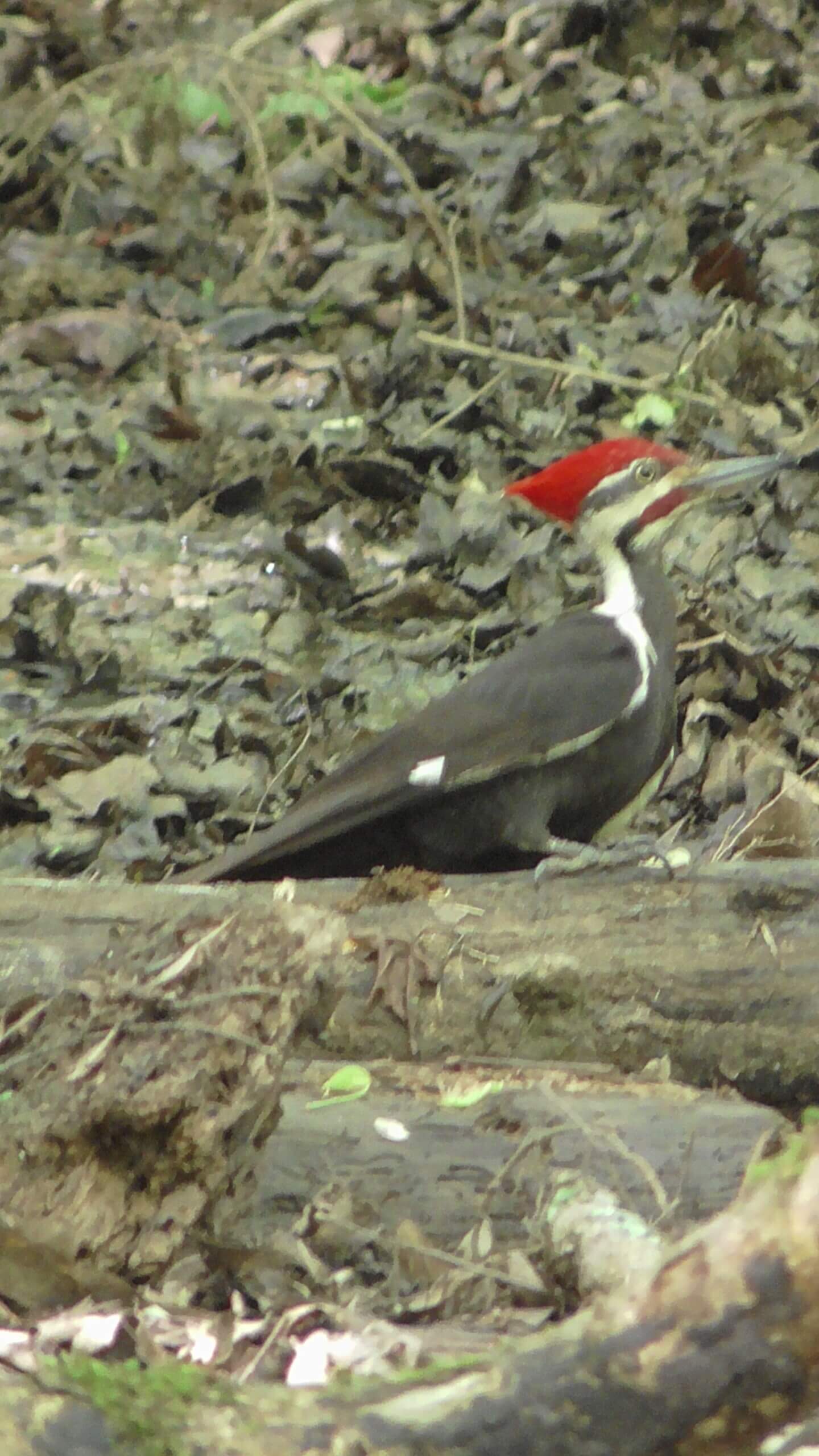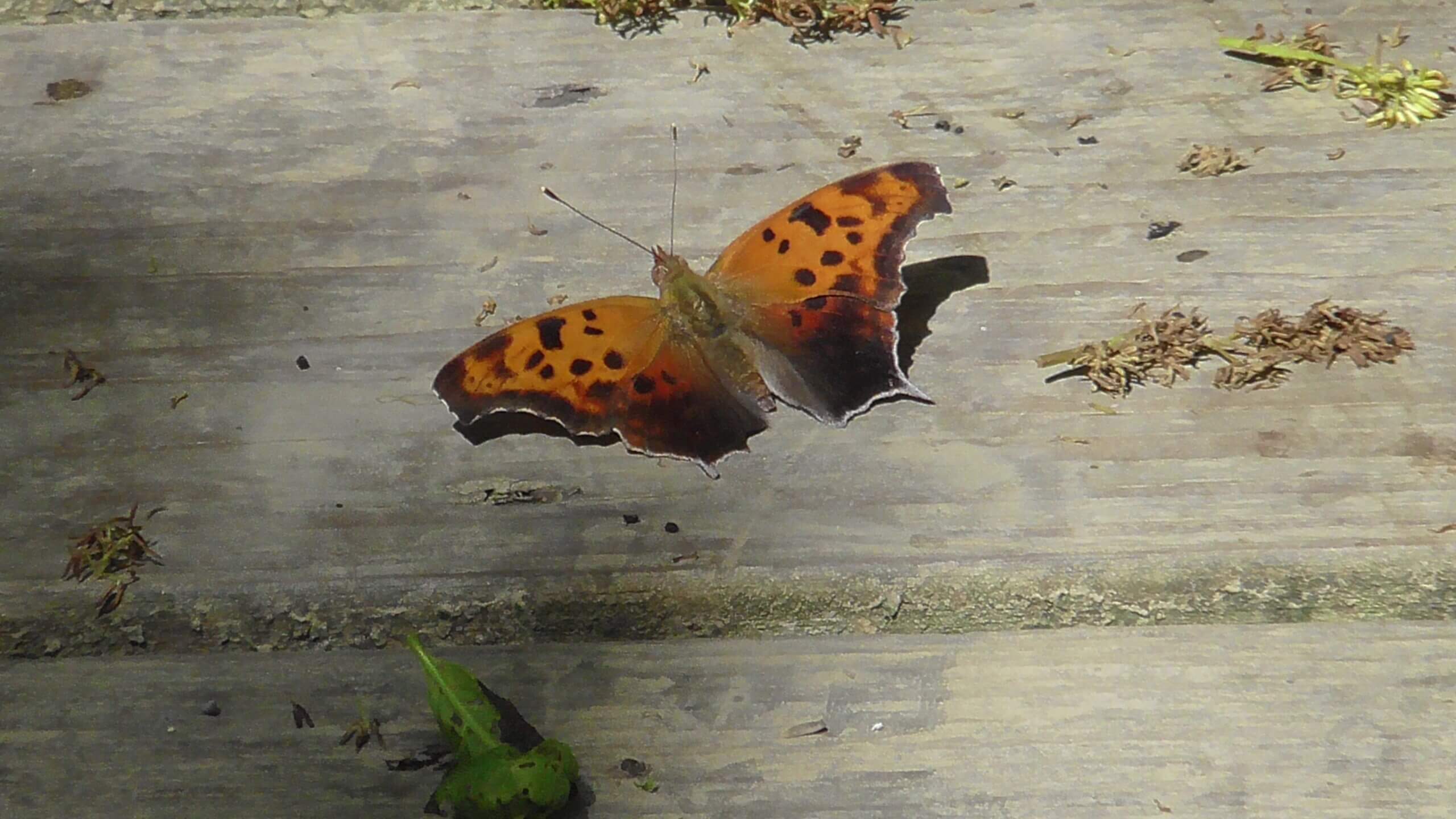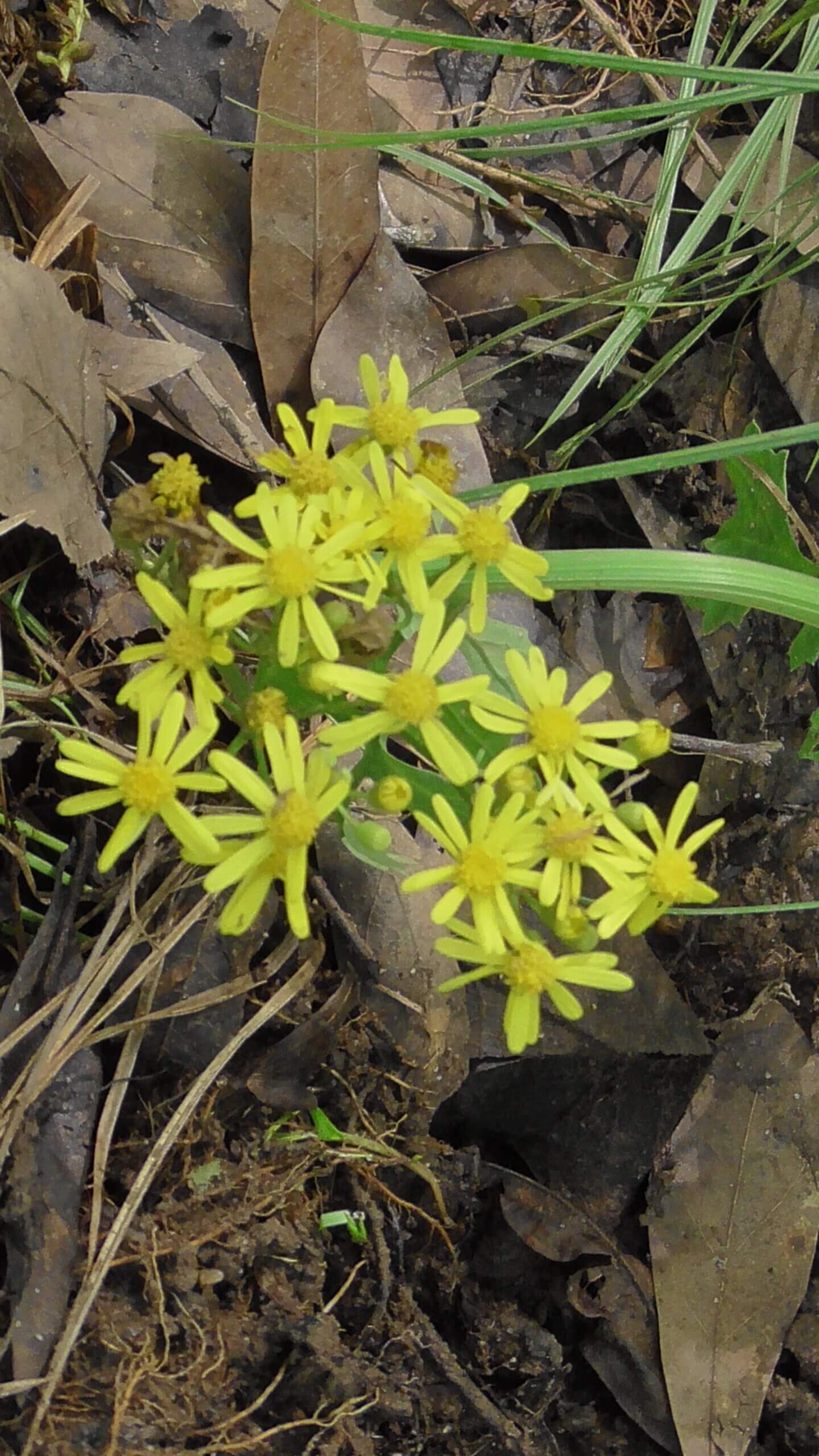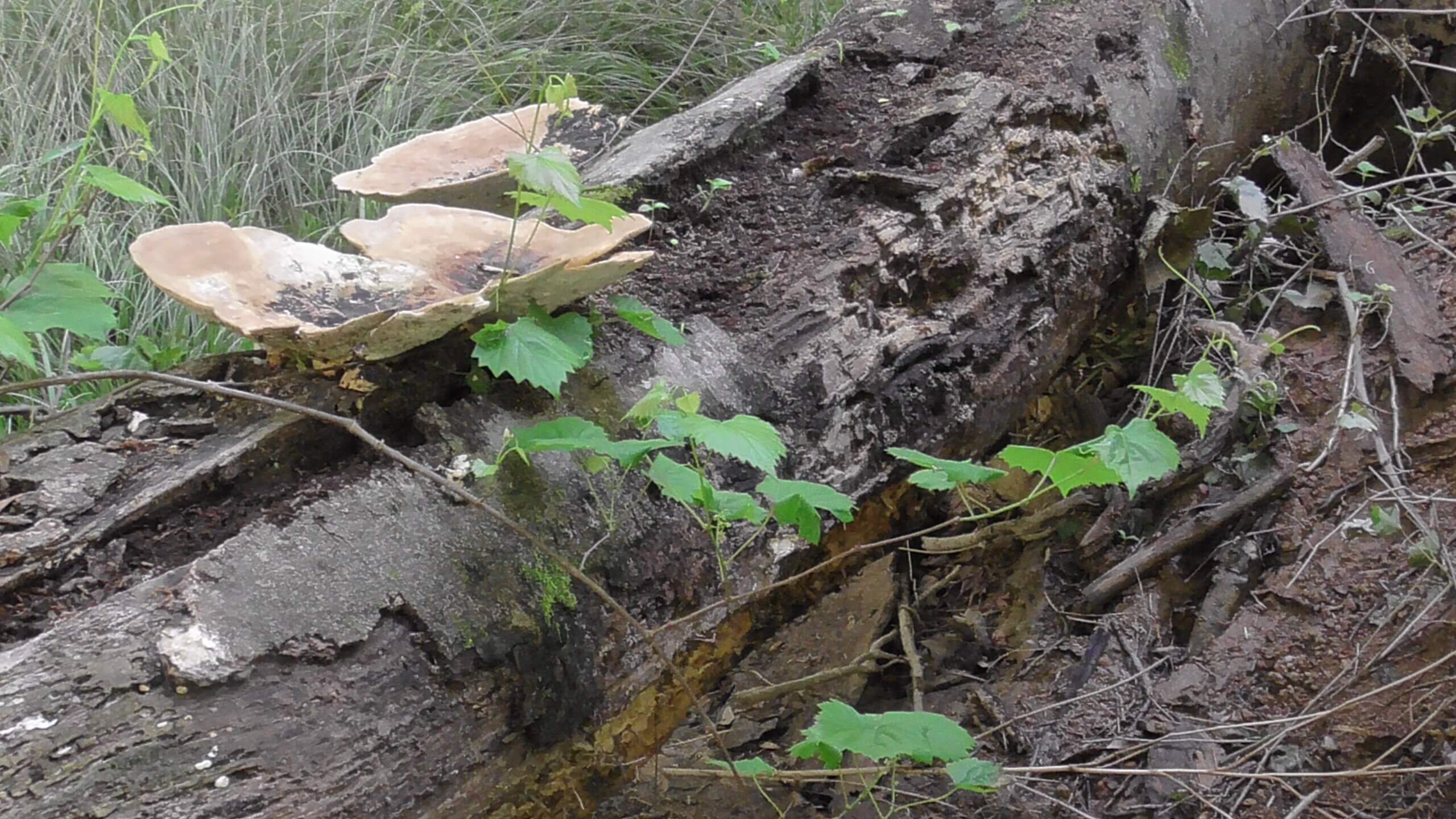Congaree National Park, South Carolina
Astonishing biodiversity exists in Congaree National Park (2003), the largest intact expanse of old growth bottomland hardwood forest remaining in the southeastern United States. Waters from the Congaree and Wateree Rivers sweep through the floodplain, carrying nutrients and sediments that nourish and rejuvenate this ecosystem and support the growth of national and state champion trees.
The park has one of the largest concentrations of champion trees in the world, with the tallest known examples of 15 species. Champion trees include a 167-foot loblolly pine, a 157-foot sweetgum, a 154-foot cherrybark oak, a 135-foot American elm, a 133-foot swamp chestnut oak, a 131-foot overcup oak, and a 127-foot common persimmon. Several cypress trees are well over 500 years old. In Hurricane Hugo in 1989, the park lost several National Champion trees.
There are almost 200 species of birds and you can sometimes see bobcats, deer, feral pigs, feral dogs, coyotes, armadillos, turkeys, and otters. You can find amphibians, turtles, snakes, and many types of fish, including bowfin, alligator gar, and catfish in its waters. The fireflies are unusual in that they are synchronized; they blink at the same time.
Visitors enjoy canoeing, hiking, fishing, and camping.

